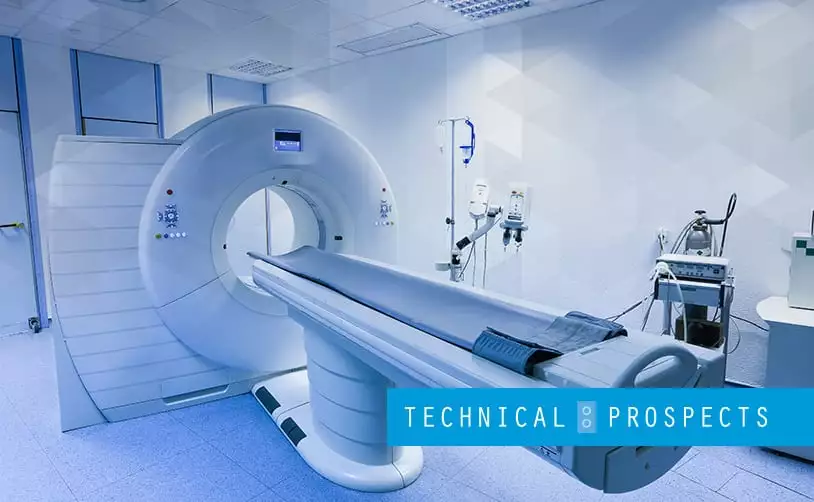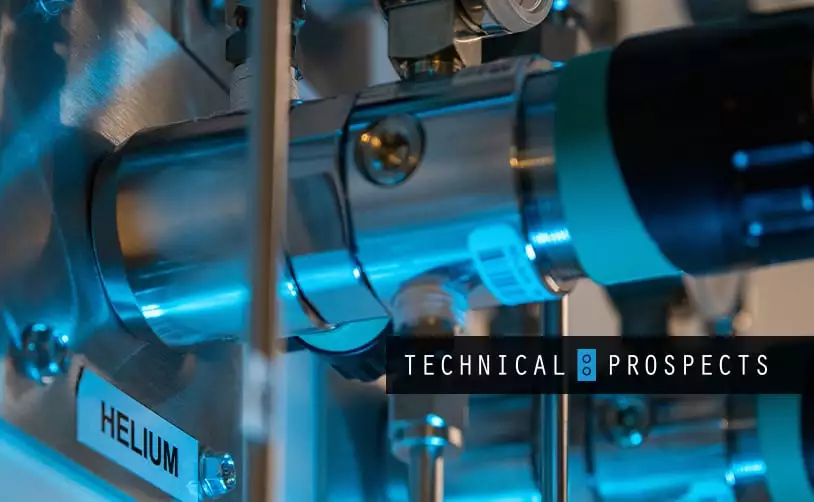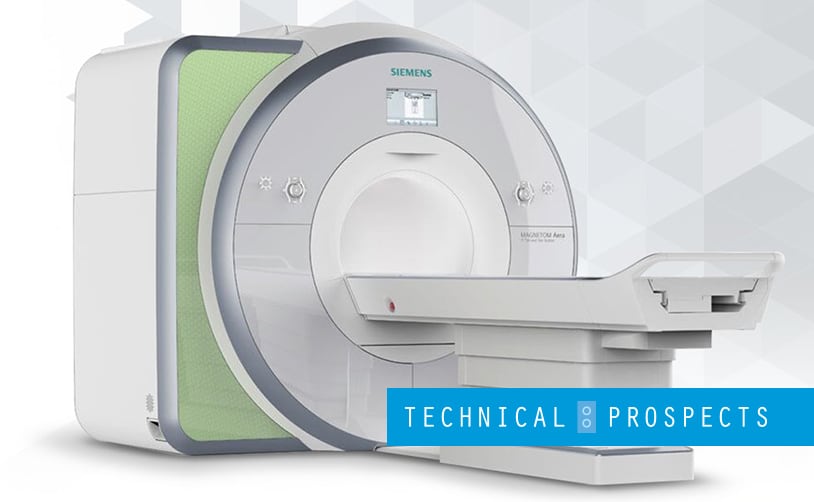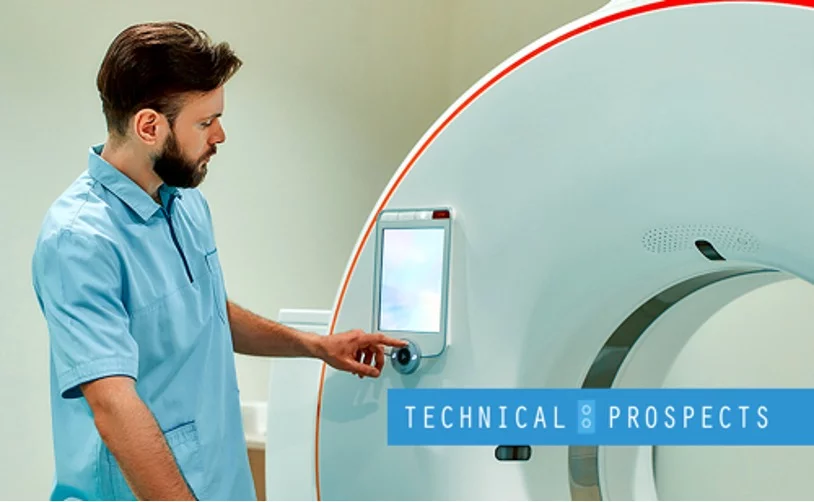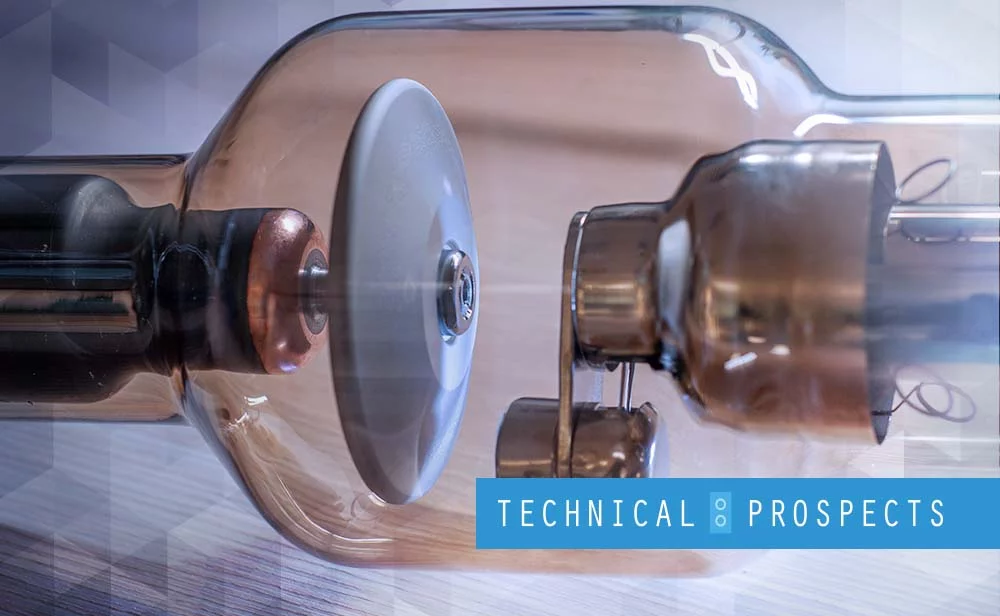Despite being one of the most abundant elements to exist, helium tends to dissipate quickly, escaping into outer space every chance it gets. A key player in medical imaging, liquid helium cools superconducting magnets in magnetic resonance imaging (MRI) systems.
Though manufacturers are struggling to keep up with the high demand for this limited material, helium shortages are nothing new. 75% of the world’s helium hails from only three locations—Wyoming, Qatar, and Texas. Though copious, helium is challenging to capture.
The Impact of Helium Shortages in the Medical Industry
The existing shortages may hamper the ability to make accurate diagnoses. Considering that MRI technology is relatively young, developed only in 1977, the industry is undergoing regular changes that demand a profusion of resources.
MRI scans are vital for diagnosing health issues by taking a closer look at soft tissues. Compared to X-Rays, MRI scanners limit radiation exposure.
Most MRI systems require helium to maintain specific temperatures (10 degrees Kelvin) to allow magnetics to produce electricity effectively.
In its liquid state, helium cools hot magnets quickly. However, helium converts into gas amid the process, allowing it to escape into nothingness. Though healthcare establishments can choose to store the material, methods of doing so are typically costly.
The Importance of Maintaining Proper Helium Levels
Though a vague drop in helium levels doesn’t impact an MRI scanner’s functionality, it may compromise image quality. When magnet vessels warm, they increase pressure and helium boil-off.
In some cases, hospitals with a severe lack of helium may not scan patients altogether. This lack of resources can result in lost revenue and reputation damage.
How the Philips Helium-Free MRI System Solves the Helium Shortage
Philips’ latest in advanced imaging technology is the Ingenia Ambition X 1.5T MR, which incorporates a BlueSeal fully-sealed magnet. This technology utilizes less than 0.5% of helium as compared to conventional systems.
This MR system is the first to enable helium-free operations and reduces the chances of time-consuming and expensive disruptions. Permanently sealed helium allows this machine to do without a vent pipe, lowering the cost of construction.
The Ingenia Ambition X’s EasySwitch minimizes downtime with a quick shut-off mechanism in a blockage event. Now, there is no need to consult trained professionals to power down the system on your own.
Because the Ingenia Ambition X is adaptive intelligence-driven, it enables single operators to plan, scan, and process the entire session without assistance.
Though MRI systems provide exceptional diagnostic and therapeutic capabilities, it carries substantial operational demands and installation and service requirements. Now, developments such as BlueSeal are diminishing the need for more of this elusive resource.
Along with Compressed SENSE, Ingenia Ambition X also reduces imaging exams to half the time. Thanks to VitalScreen, routine exams can be set up in less than a minute.
Conclusion
The smaller, lighter, and more flexible operational footprint of Ingenia Ambition X is cushioning healthcare institutions from having to source extra helium that is now virtually impossible to come by.
Search our stocked MRI parts at DirectMed Parts to create a more efficient machine. We house over 8,000 unique SKUs and can provide tailored payment schemes to suit your specific needs.


